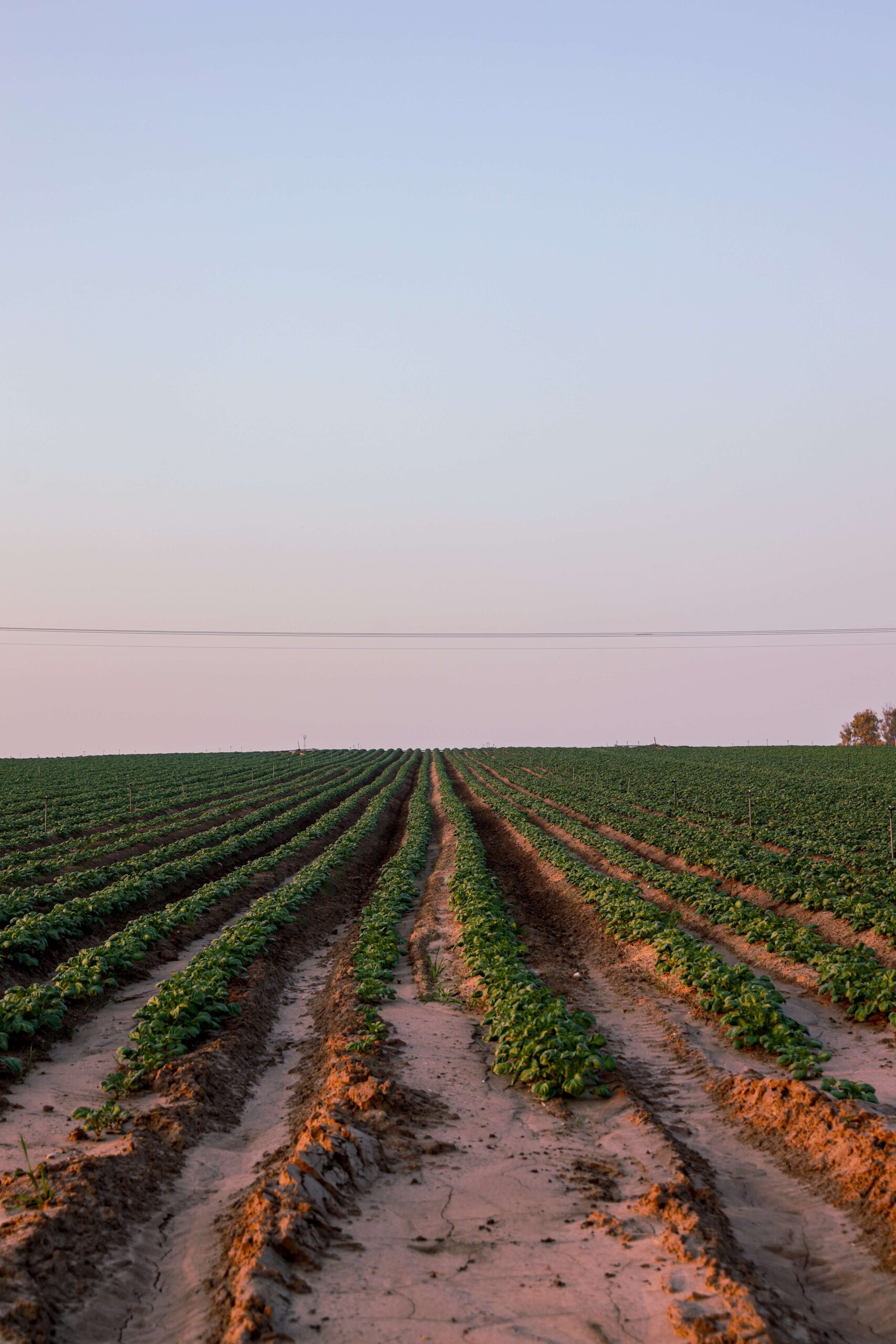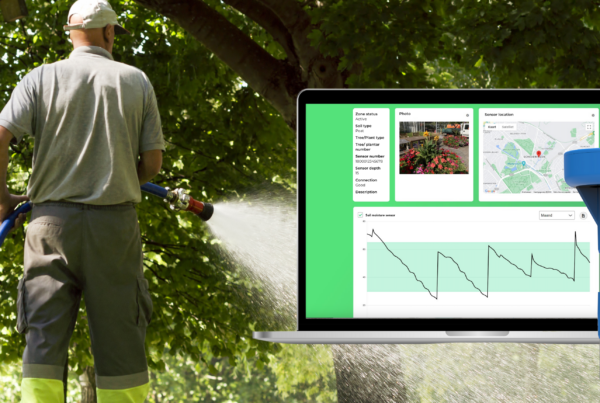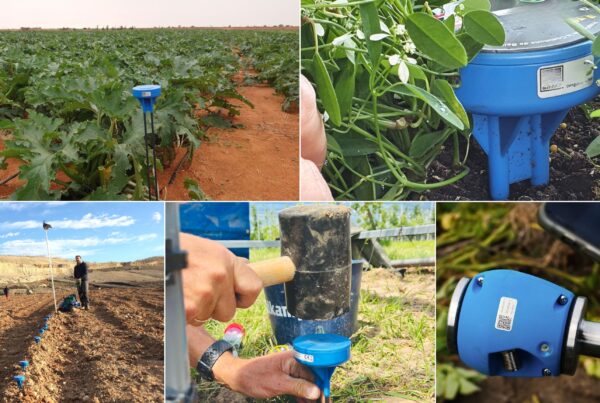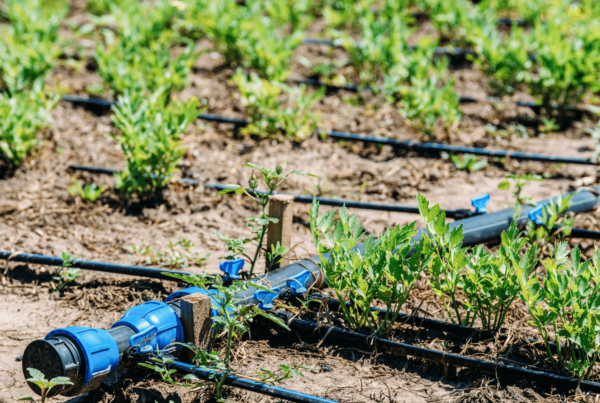Unlocking Precision Agriculture with Sensoterra Soil Moisture Sensors
In today’s ever-changing landscape of agriculture, optimizing your field’s performance is more crucial than ever. The key to achieving precision agriculture lies in the strategic deployment of cutting-edge technology, including Sensoterra soil moisture sensors. These wireless wonders are at the forefront of the IoT (Internet of Things) revolution, offering invaluable insights into soil conditions, water management, and crop health. Let’s delve into the vital role they play in the realm of precision agriculture.
Number of Irrigation Systems
The foundation of moisture sensor deployment begins with a thorough understanding of your irrigation systems. Depending on the type of irrigation system you use, be it drip irrigation, sprinklers, surface irrigation, or pivots, along with the number of irrigation nozzles, you can quantify the number of sensors required.
- 1 Irrigation System = 1 Sensoterra Sensor
For each irrigation system within your field, it is advisable to place one sensor. The exact count of nozzles or heads will vary according to your irrigation type and specific needs.
Soil Texture
Soil type plays a pivotal role in determining the frequency and rate of water application. Each field possesses a unique soil texture, which in turn influences its water-holding capacity. Fields with varying soil textures present increased heterogeneity, necessitating a larger number of sensors.
- Heterogeneous Fields = More Soil Texture Variation = More Sensors
- Homogeneous Fields = Consistent Soil Texture = Fewer Sensors
Greater spatial variation implies greater field heterogeneity and a heightened need to manage moisture level variance. Fields with diverse soil textures call for a more extensive sensor deployment strategy.
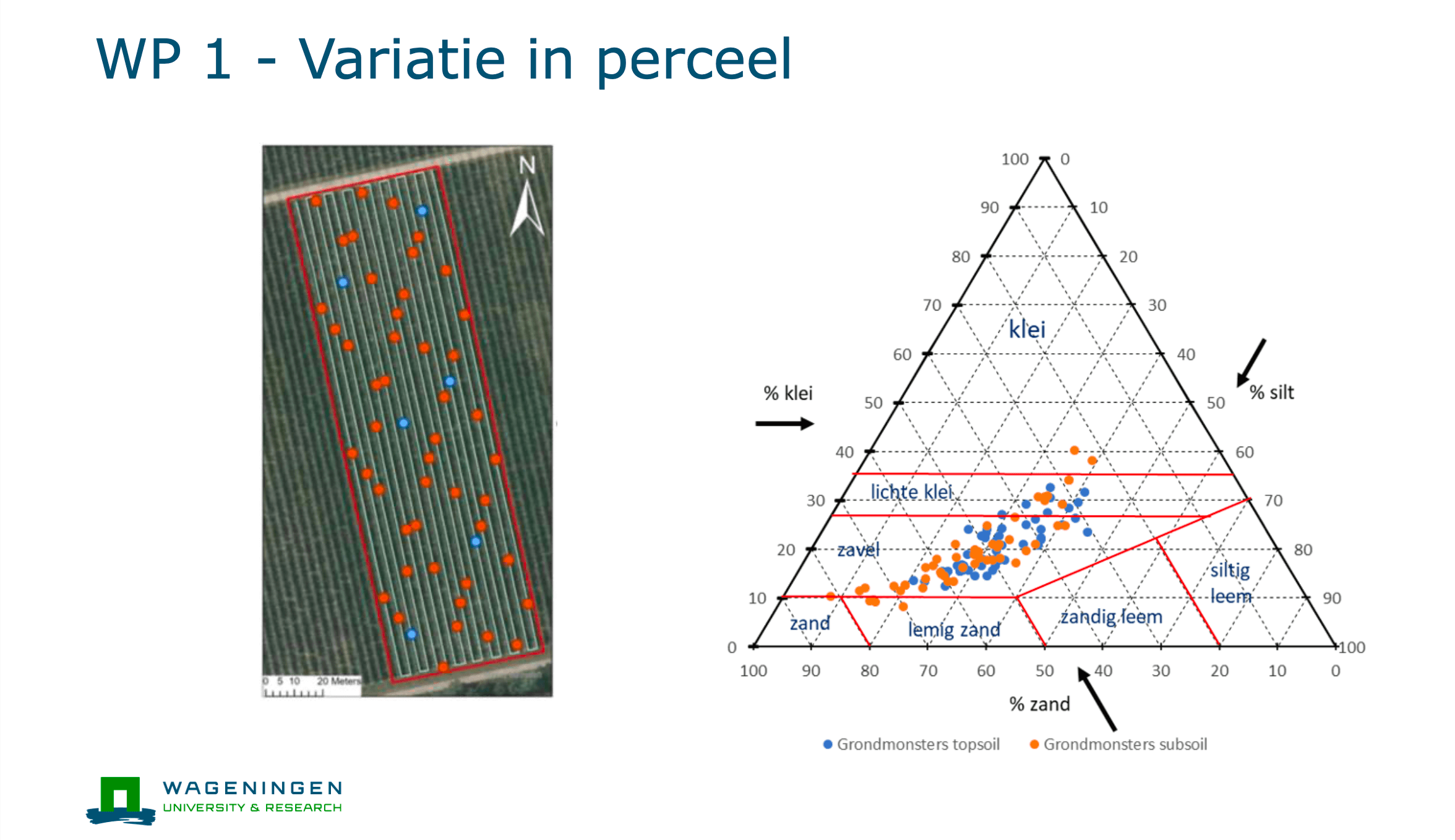
Satellite Imagery
Satellite imagery offers a bird’s-eye view of your field, revealing valuable insights into crop canopy density and size. The density of the crop canopy further determines your sensor requirements.
- Higher Crop Density = More Sensors
- Lower Crop Density = Fewer Sensors
In cases of dense canopies, Sensoterra advises the use of multi-depth sensors, equipped with taller antennas to ensure optimal connectivity between the sensor and the gateway.
By considering these factors, you can make an informed decision on the number of Sensoterra soil moisture sensors your field needs. With a tailored approach to moisture monitoring, you’ll not only conserve water but also enhance your field’s overall performance, ensuring healthier and more productive crops.
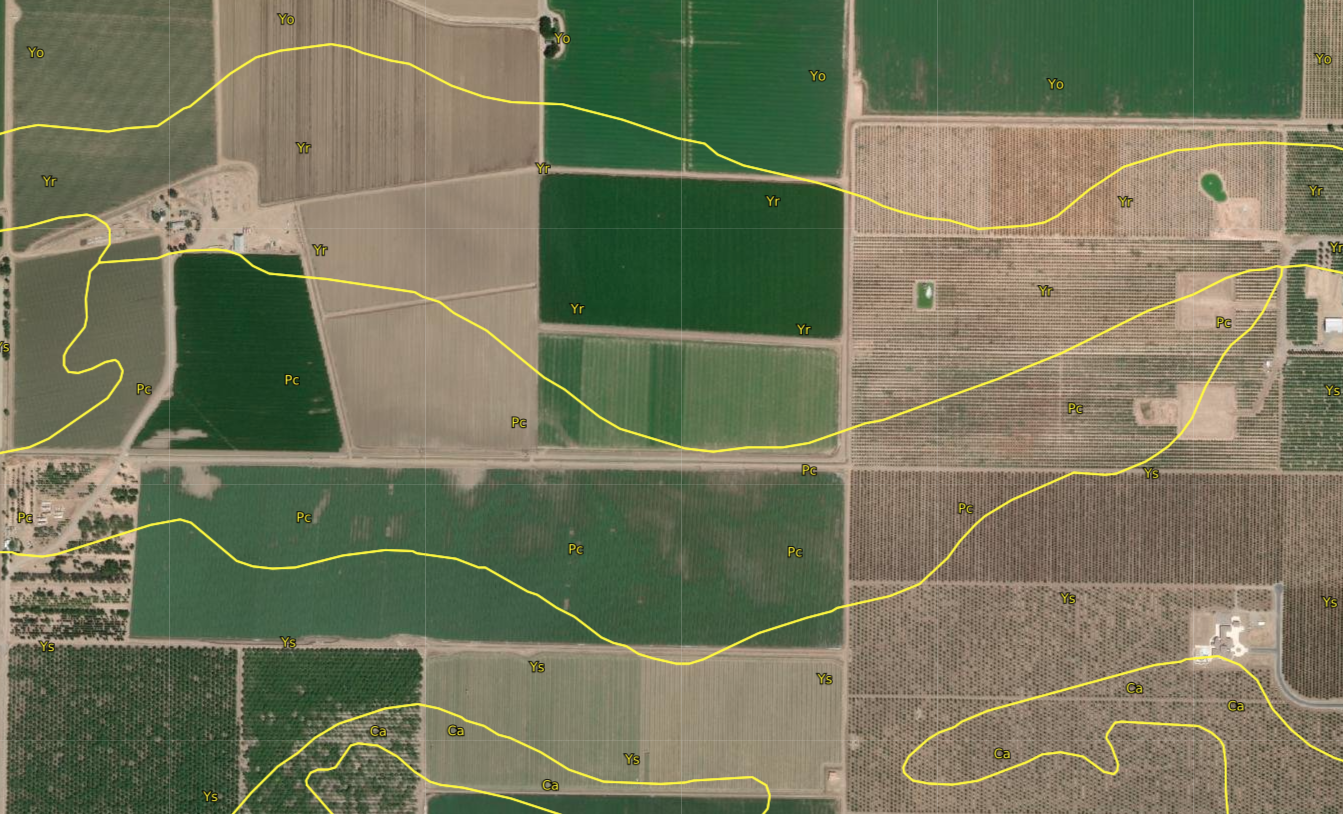
Crop Type
Different crops have unique water requirements. Factors such as root size, leaf size, density, evaporation rates, and other characteristics dictate varied irrigation schedules. The density of your crop canopy directly impacts the amount of water required.
- Higher Crop Density = More Sensors
- Lower Crop Density = Fewer Sensors
To optimize crop health, the number of sensors should correlate with the crop density. Below, you’ll find recommendations for sensor placement based on various crop types:
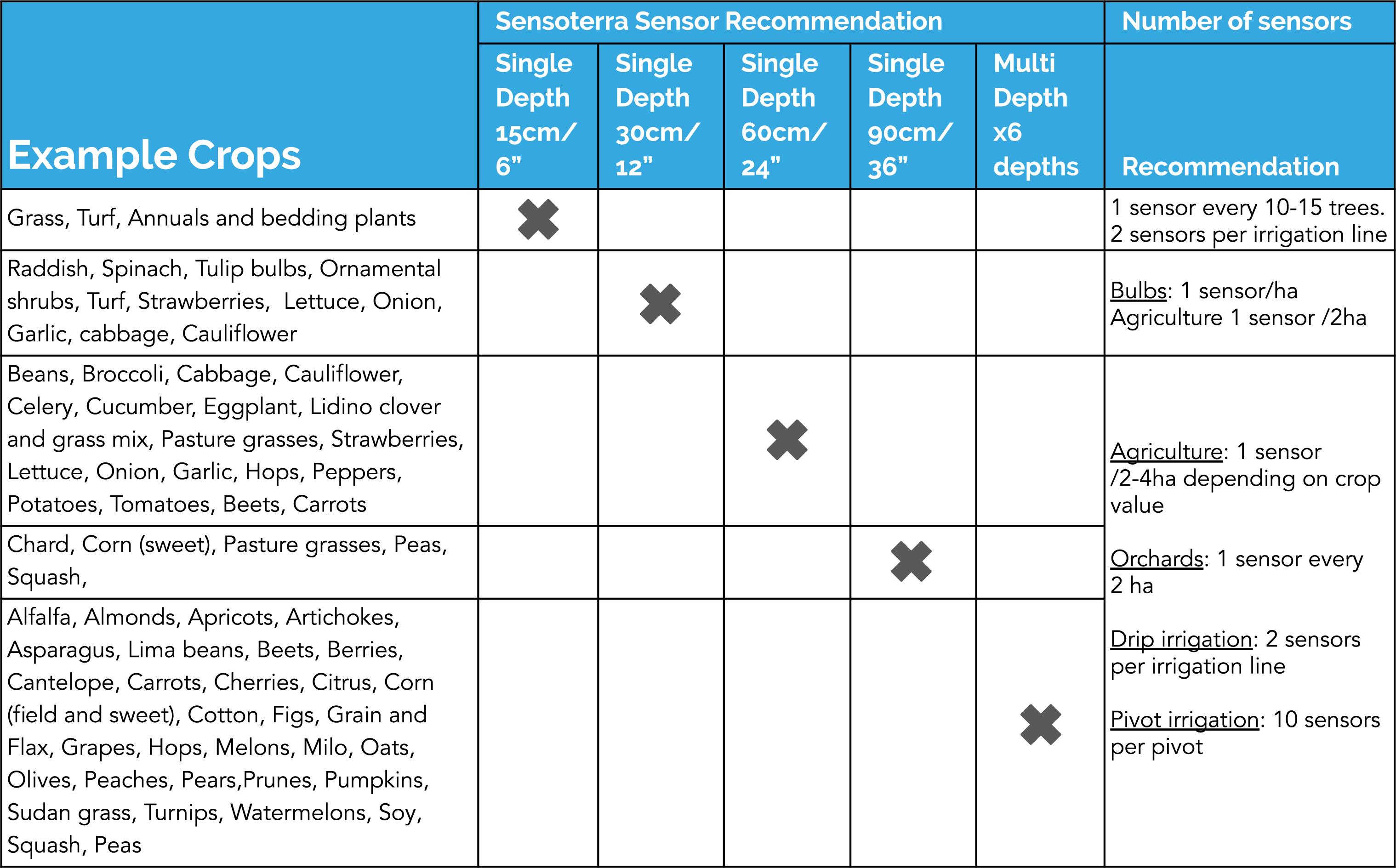
About Sensoterra
Sensoterra is a pioneering leader in the field of wireless soil moisture sensors, offering cutting-edge IoT soil moisture sensor solutions for smart agriculture. Our state-of-the-art Sensoterra soil moisture sensors are at the forefront of agriculture IoT, providing unparalleled soil moisture monitoring capabilities.
Our commitment to precision agriculture technology allows farmers to make informed decisions, optimize their irrigation systems, and embrace sustainable farming solutions. With Sensoterra, access to real-time soil moisture data is at your fingertips, enabling precise water management and water resource management for your agricultural operations.
Sensoterra, established in 2015, with its headquarters in Houten, The Netherlands, develops water management solutions for agriculture/horticulture, smart city management, and water governance. Sensoterra has over 12,000 sensors in the ground globally, and generates hundreds of thousands of data points for smart water management, daily. Learn more at www.sensoterra.com
Contact for more information, pictures and/or interview requests:
Jessica Nuboer
Marketing & Communications
Sensoterra
Email: [email protected]

